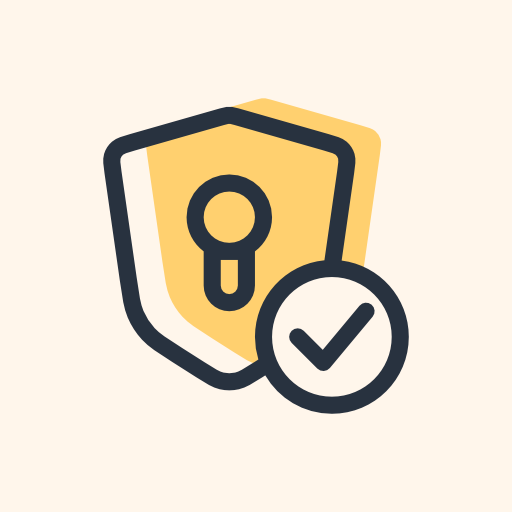It’s the “minus” button on switch
- 0 Posts
- 14 Comments

 3·12 days ago
3·12 days agoÇa m’intéresse aussi ! Pour l’instant le mieux que j’ai trouvé c’est chez selectspecs, prendre une paire “pas cher” et récupérer les verres. Sinon il me semble qu’ils peuvent faire la découpe+ assemblage, mais pas sûr qu’ils prendraient un cadre imprimé.
Si qqn trouve mieux, je suis preneur
I live in an area which has seen quite a few wildfires, and everytime they are put out with these planes using sea water. Never stopped anything from growing back, and it does grow back very fast !

 4·25 days ago
4·25 days agoA bit on the “easier” side of souls likes, but grime is worth a check. It’s quite regularly on sale / in bundles, and is similar in “vibe” to hollow knight.
Also, not for everyone, but salt and sanctuary can also qualify.
In the “3d” realm, most of you will probably already know it, but lies of P is really good !
For some reasons, there are now two models settings pages. One in the workspace, and another one in the admin settings (the old one was moved here). The feature you are looking for was probably just moved in the admin settings page

 5·3 months ago
5·3 months agoI went the /e/os way and quickly turned back. Not to dismiss the effort of the maintainers, but it really felt like a frontend on lineage os meant to sell alternative cloud services. I did not find convincing arguments over a bare lineage os and the pretty much forced /e/ cloud was a total turn off.
I went the “real” security / privacy way and switched to grapheneos. Very happy overall, already went thought with 2 major os updates, no issues whatsoever. Only issue would be if you want Google pay (won’t work on graphene). You’d need a pixel phone if that’s in your budget. The pixel phones are great at photos, but pretty “meh” otherwise

 111·5 months ago
111·5 months agoI’ve not used it for quite a bit, but look at Thunderbird (a mozilla project iirc), it might do what you want as far as email is concerned. However do note that Microsoft is really closing things down in outlook/office these days, they really don’t like people using a “real” Linux (they want people to use windows with all their crap and start menu ads, and just have a small Linux VM they call the wsl )

 19·7 months ago
19·7 months agoGraphene user here ! The privacy and security gains are quite huge. Play services are more or less regular apps, with the sandbox offering limited access. Some of the “advanced” security offered by graphene triggered a few times for me, sometime highlighting something sketchy in some apps.
Also, you can disable the internet permission for apps, which can effectively block a lot of stuff (ex : you install a supposedly offline game, but it stills asks for the permission: denied).
If your main concern is not depending too much on Google, your options are limited, and very, very flawed depending on how far you whish to go (went far down this rabbit hole, came back). One less “extreme” way, using graphene, is to install play services and everything dependent on a separate user account, and clone app from this account to the one you will use. Since alternate accounts are sandboxed and not running when not logged in, when you use your phone from the main account, you will effectively be almost goggle free.
Almost, because the main remaining privacy hole is notifications. A lot of things goes through GMS in order to reach your phone without melting your battery

 711·9 months ago
711·9 months agoThe massive influx of new ratings could also simply be linked to the fact that the game is included in this month’s humble choice, adding a ton of new players
It does, don’t remember the details but at one point I let a packet capture tool on my phone run for a few days and checked which apps phoned home. Gboard was one of them. You’d besurprisesd at the amount of network traffic for most apps between 2-4 am.
Just remove its network permissions, and it works fine (without the phoning home part) AFAIK other spell checkers / autocomplete aren’t quite there yet

 2·1 year ago
2·1 year agoIt is also a huge deal because since (at least in France) the government forced ISPs to log DNS queries, a lot of browsers (and latest android and iOSversion’s) have now migrated to DNS over https or TLS DNS, which means that the only clear text DNS query they can intercept is the one to fetch your secure DNS service address. Now, having a trusted CA installed in browsers means that they can also spoof the identity of this secure name service, and regain a bit of control.
They invested a lot in surveillance technology (for both good and bad reasons), and https, DNS and encrypted messaging / phone calls means this was all for nothing.
And yes, by being authorized as a trusted CA, you can effectively spoof pretty much anything by setting a proxy. Some tools even leverage this for app analysis. Look up mitmproxy for example, or squid. A lot of companies already do this to inspect inbound / outbound traffic.

 2·2 years ago
2·2 years agoI’ve seen this news published at a few different places, and IIRC they plan to use already existing exploits. You can read a bunch about what could potentially be used on the grapheneos website, specifically on how the modem and cellular network stack is very highly privileged on android at least, and it is very likely that most cellphones are vulnerable to some kind of code injection via a stingray, for example.

 1·2 years ago
1·2 years agoThat’s pretty much what DRM does, keeping us out of the inner working of stuff



Most actual poisoning techniques don’t actually work that well. When I end up with a PDF, I usually strip out the existing text layer, apply a denoiser and a few other preprocessing steps to correct common errors, then a layout / reading order detector, and finally OCR the different blocs. This is against the most common poisoning techniques, and one of the most efficient, called : someone printed a document, forgot about it for 3 years, then scanned it slightly tilted (and dirty, crumpled, …), and the scanner decided to apply its crappy OCR.
Using screenshots of the PDF also avoid any kind of font face poisoning, and anti copy protection.
If you really, really need to protect your PDF, please consider accessibility first, then what would work imho is to use the scripting features of pdf to actually render your content on the fly. That would probably mess up most of the “automatic” processes.